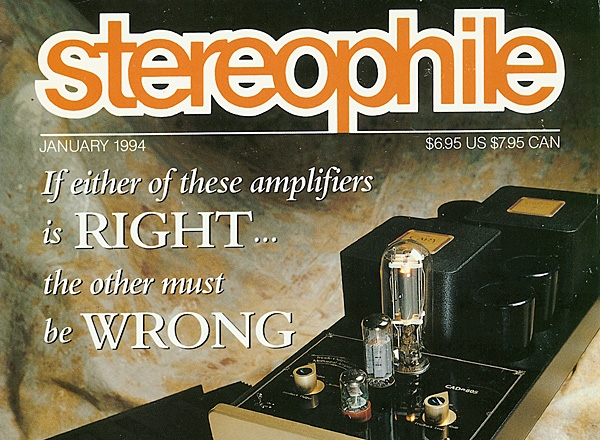Check out Evan Eisenberg's book The Recording Angel (much admired by John Atkinson of Stereophile, among others). Eisenberg's thesis is that the recording engineer or producer is very much an artist, and the recording is indeed a work of art. A sampling:
“The word ‘record’ is misleading. Only live recordings record an event; studio recordings, which are the great majority, record nothing. Pieced together from bits of actual events, they construct an ideal event.”
“One is supposed to judge a stereo system by comparing its sound to live music. If the music one listens to is pure phonography—a pure audio product—that is impossible.”
“Even in the classical sphere, live music is only one touchstone of recorded sound. Fidelity itself is a vexatious concept.”
Eisenberg goes on to compare the role of the recording producer to that of a movie director. Live recordings are analogous to filming a stage play, while studio recordings are “like movie making as we usually understand it”: an art in its own right, a way of “exercising artistic judgment.” The first half or so of the long central chapter on "Phonography" focuses on giving examples of this art from classical music (some of which really amazed me—for instance, that in the recordings of the very famous Wagnerian soprano Kirsten Flagstad, the most beloved Isolde of all, her “top notes” were actually sung by Elizabeth Schwartzkopf and dubbed in!); the latter half offers examples from jazz, blues, rock and pop music.


